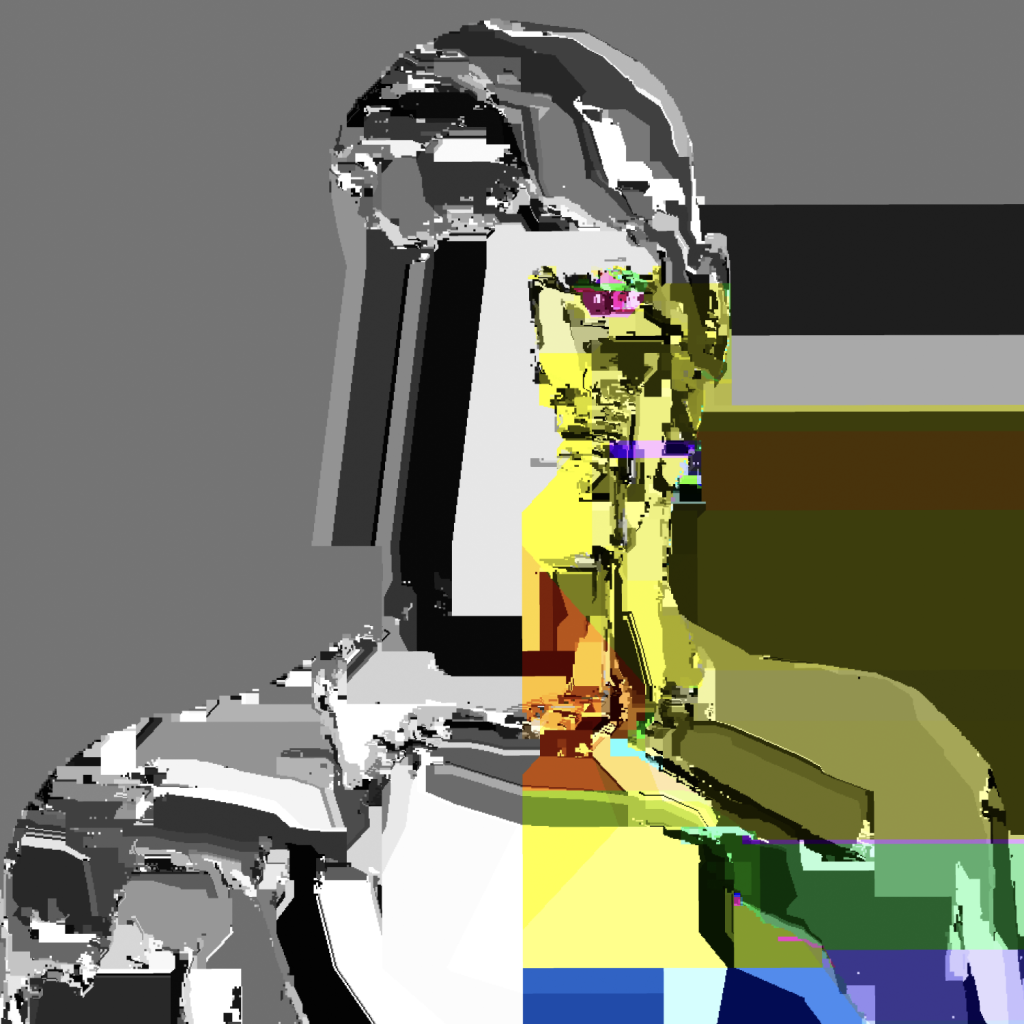 back
back
FLAG10x2025 ft. FUBAR archive
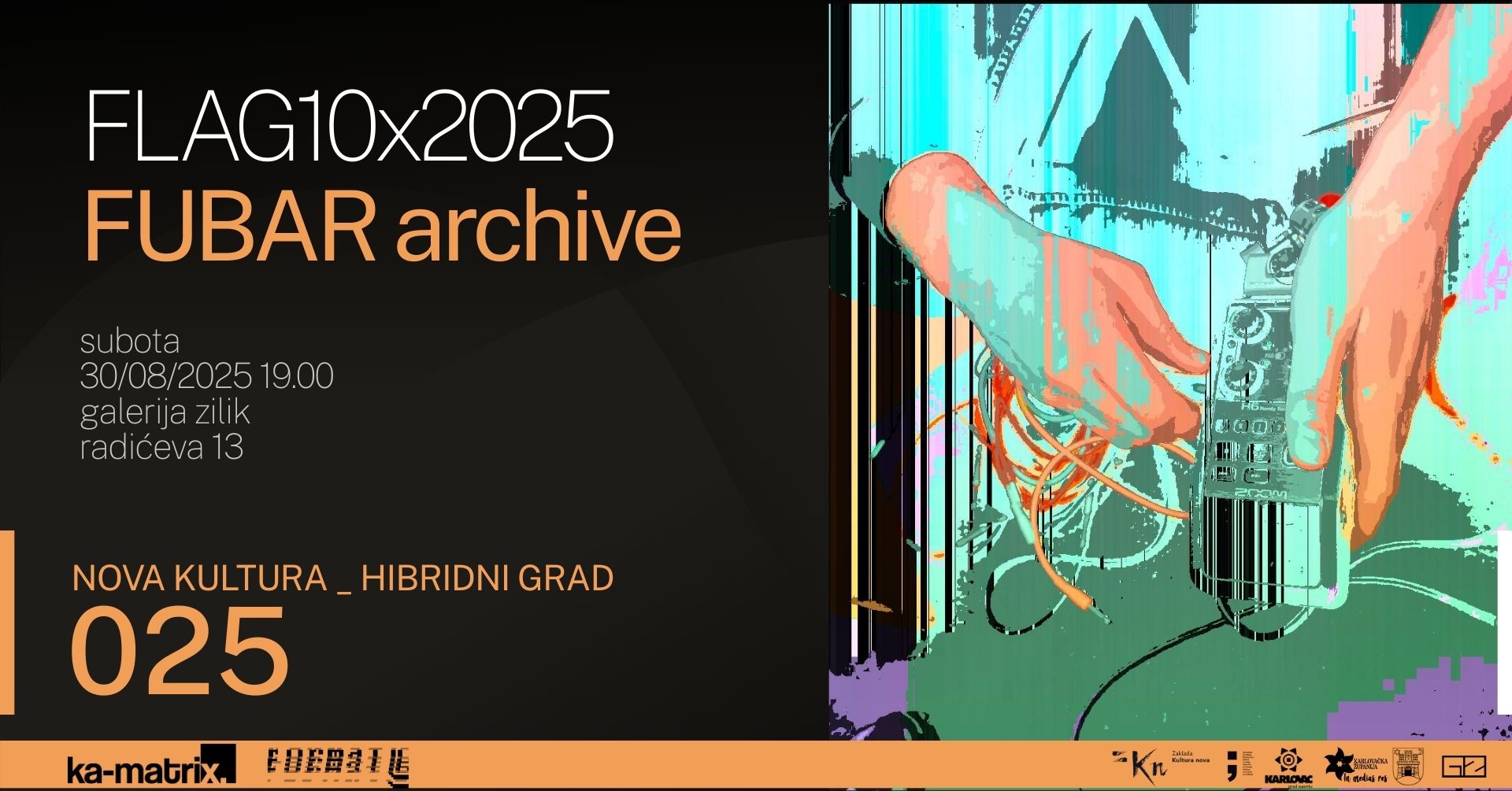
The tenth edition of the Free Libre Art Glitch (FLAG) residency showcase in Karlovac, jointly organized by the KA-MATRIX association and the Zagreb-based art organization Format C, will take place at the ZILIK gallery in Karlovac, opening on Saturday, August 30 2025, at 7pm. Prior to the opening, a vernissage will be held ONLINE at 6pm CEST.
The multimedia exhibition/screening will feature a selection of artworks from the digital archive of the Fubar Glitch Art Festival and exhibition (ran by Format C), which since 2015 has gathered works by over a thousand glitch artists from Croatia and around the world. The first Fubar test collection based on the Fubar archive is curated by resident Indigo Woolfrey a.k.a. mother_woolf — an Irish queer neurodivergent artist focused on glitch art and trans narratives in digital and social systems.
This exhibition will present works by eight artists: Edwin “urchin” Häger / Error_719 / Estelle Flores / Felipe Vasconcelos / J. Rosenbaum / M. C. Jonet / Mark Klink / Micah Alhadeff.
At the exhibition opening, Karlovac-based multimedia artist Bojan Asanovski will perform a live audio set. Asanovski has been exhibiting at FLAG since 2018, and for this tenth edition, he has prepared a new audio project exploring the outer edges of sound using synthesizers, a laptop, and guitar effects. His performance brings loops, layers, and deep sound textures that “bend space and time” between ambient and experimental, always searching for what sounds most true in the moment.
The goal of the FLAG program is to introduce a wider audience to digital and electronic art as a field of contemporary art that is active, free, modular, distributed, and self-reflective. For this and previous exhibitions, the partner organizations often use recycled or discarded equipment, combine analog and digital devices, explore possibilities of connection, signal encoding, retro audio and video material, and glitch art production.
About glitch art: Glitch art is a form of artistic expression born from the flaws and errors of digital technology, whose aesthetics and concepts provoke thought. It challenges our perception of perfection and beauty by embracing mistakes and imperfections that are often discarded or hidden. Through manipulation of digital artifacts, glitch artists draw attention to the fundamental systems and technologies shaping our contemporary existence. Glitch art pushes the boundaries of creativity and questions what art can be in the digital age.
The exhibition is part of the Nova kultura _ Hibridni grad 025., Fubar production, and Inquiry Inc. programs, supported by the Kultura nova Foundation, the Ministry of Culture and Media of the Republic of Croatia, the City of Karlovac, Karlovac County, and the City of Zagreb.
CURATOR
Indigo Woolfrey a.k.a mother_woolf is a Dublin based, queer, and neurodivergent visual artist whose work focuses on glitch as a purposeful misuse of errors in systems, both digital and social, to elicit narratives of transness from a trans perspective. With inklings of a Trans Utopia and Queer Ecology, her work typically depicts trans bodies rendered in disrupted CGI, melding with nature, and challenging their material reality. They have exhibited across Ireland and abroad, and have been featured in Circa Magazine, as well as written about by Ras Alhague and Michael O’Connell. She has curated exhibitions in A4 Sounds Gallery and they have been awarded the FSAS Digital Graduate Bursary, the 2024 Agility Award from the Arts Council of Ireland, and the Arts & Disability Ireland Mentoring Scheme.
https://www.instagram.com/mother_woolf/
ARTISTS
Edwin “urchin” Häger [SE]
instagram.com/urchinurchinurchin
Edwin “urchin” Häger is a musician and visual arist from Stockholm, Sweden. With the aid of programming and sound synthesis, Häger’s art offers a glimpse into an alternative realm that redefines our connection to nature and the human experience. This perspective aims to be a regression back to before we had the vocabulary to accurately categorize the world around us and our emotions linked to it. Knowledge from this perspective comes from our immediate sensation of our surroundings and feelings in the present moment, rather than from pre-concived ideas about the world and ourselves imposed by categories that exists solely within our minds. Inspired by this perspective on how to relate to the world, Häger’s art is undinaibaly from the digital world yet at the same time contains a sense of begin close to nature and true to the experience of begin alive.
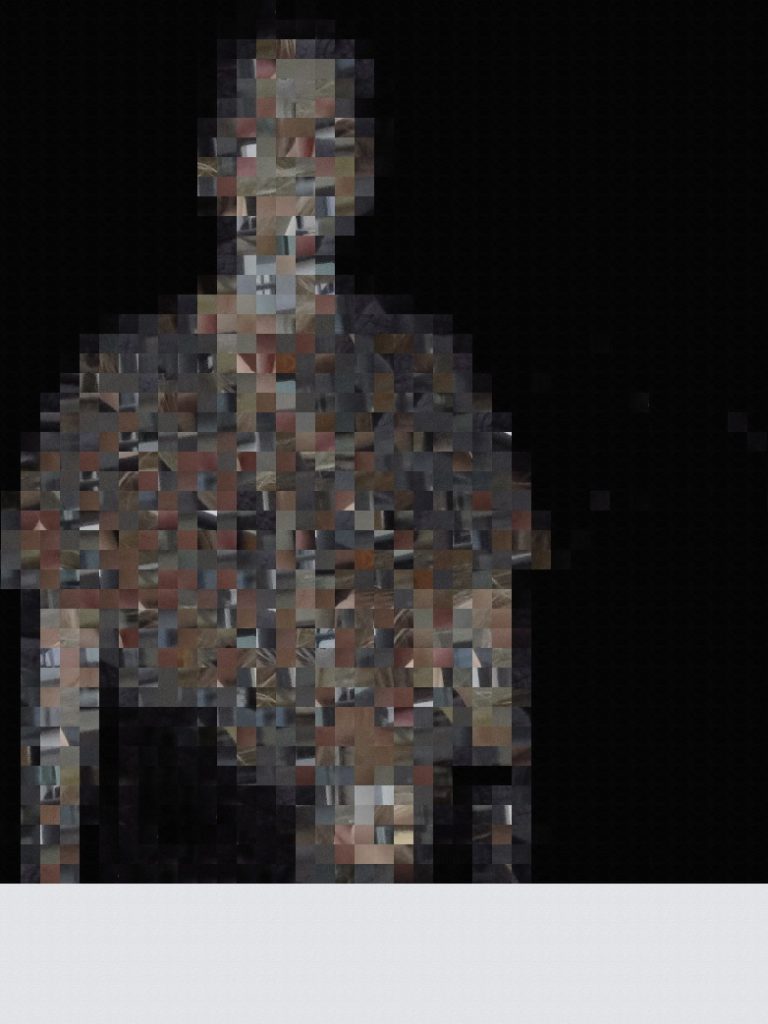
Error_719 [MX]
Mexican A/V Producer in love with the beauty in “errors”.
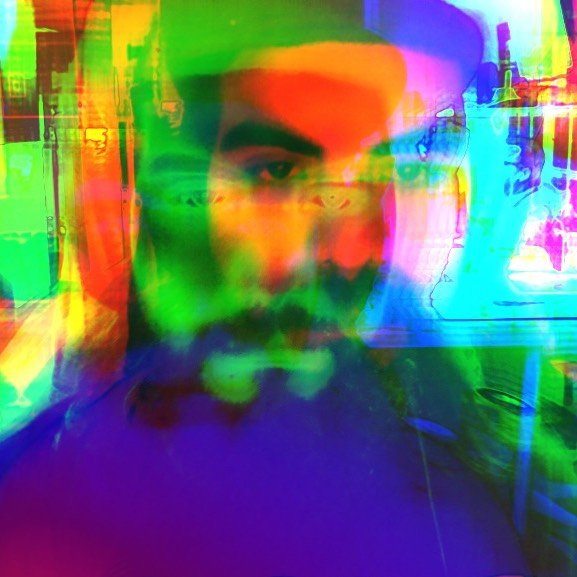
Estelle Flores [BR]
Estelle Flores is a brazilian contemporary artist exploring video game art since early 2021, which was spent mostly in the collection of works Contain Real Ingredients, a practice of painting inside the game The Sims 4. Now, this exploration of ‘play’ continues in the fields of AI, generative art and code in a research on the personal myths and emotional shortcuts we raise from nostalgia.
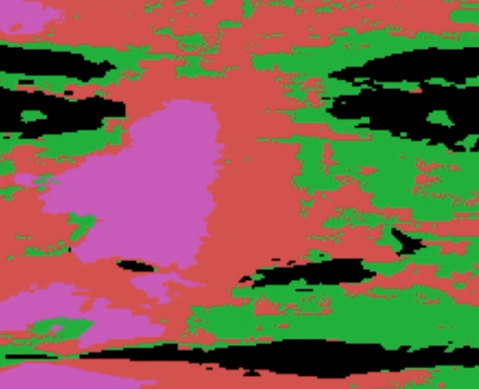
Felipe Vasconcelos [BR]
Felipe Vasconcelos is a digital artist from Fortaleza, Ceará, Brasil. His work encompasses creative coding, interactive art, games, immersive art, 3D animation, videomapping, and drawing. He is formed in Interactivity and Creative Programming at EAV Parque Lage, and has a bachelor’s degree in cinema on Unifor. He is currently chasing a master degree as student of the postgraduation program of arts at Federal University of Ceará, conducting a research based on his praxis as a creative code artist. His work has been exhibited at events/places such as Homeostasis Lab, Wrong Biennale, FILE Festival, Ecrã Festival, Seed’s Parallel Biome Hypothesis, MIS Ceará, CIACT-SAD, Fubar Glitch Art Festival, and Audio Rebel.
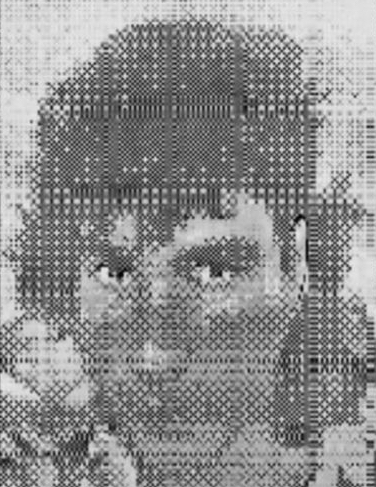
J. Rosenbaum [AU]
J. Rosenbaum is a Melbourne-based AI artist and researcher specializing in 3D modeling, artificial intelligence, and extended reality technologies. Their work combines classical art with new media techniques to explore posthuman and postgender concepts. With a PhD from RMIT University, their research focuses on computer perceptions of gender and the biases embedded in AI-generated art. J’s interactive artworks and gallery displays expose these biases, while their speaking engagements and international exhibitions further showcase the intersection of artificial intelligence and art. Notable achievements include receiving support from the City of Melbourne Covid-19 Arts Grants and winning the Midsumma Australia Post Art Prize. Through their fusion of classical aesthetics and modern technology, J aims to reveal the enduring presence of gender minorities throughout history and into the future.
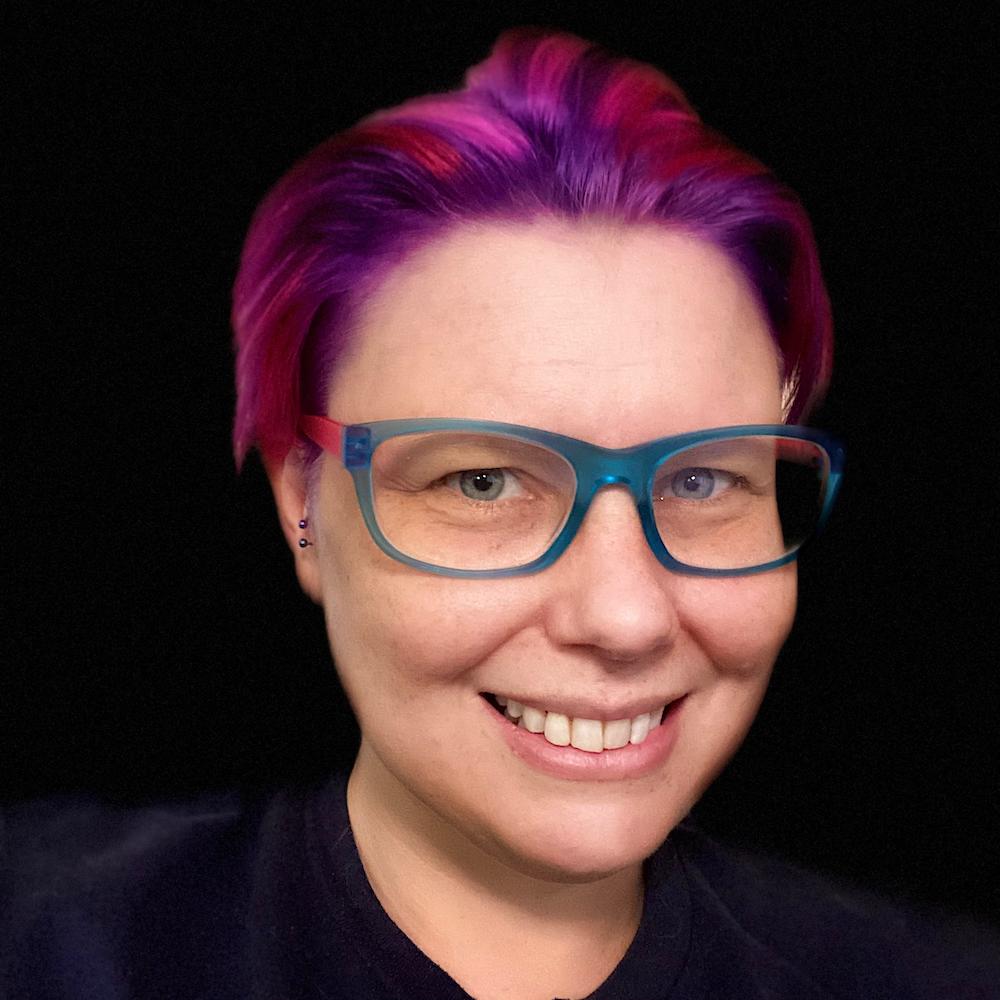
M. C. Jonet [US]
M. C. Jonet is a scholar specializing in 20th and 21st-century transmedia and culture, with expertise in Critical Theory and Cultural Studies, particularly within Women’s, Gender, & Sexuality Studies. Their work critically examines and reshapes narratives on gender and sexuality, striving to promote inclusivity and social transformation. Their approach goes beyond traditional research publication, engaging in research-creation and co-founding Feminist Border Arts and the Feminist Border Arts Film Festival, a research and university-based initiative in digital and material arts and humanities and public scholarship.
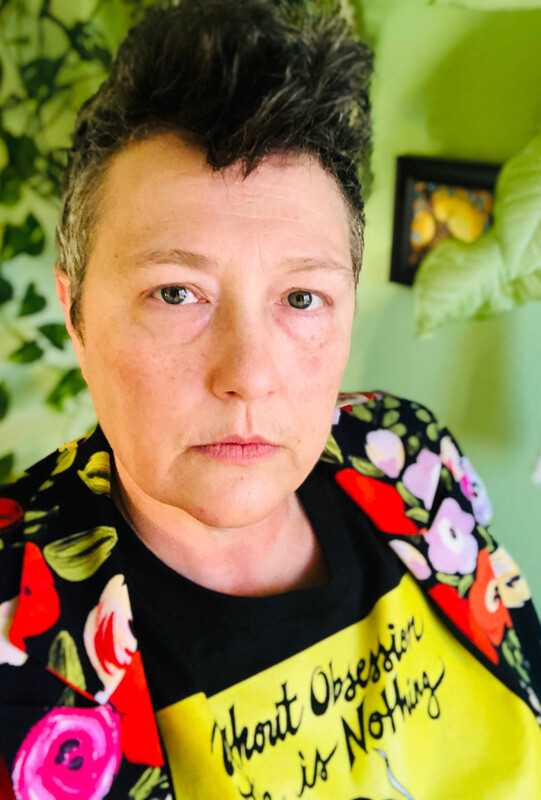
Mark Klink [US]
Mark Klink has been and done many things: Swept floors, worked in a factory, been an athlete, a minor government official, a life guard, a computer programmer, and a traditional print maker. For twenty years he taught children and other educators how to use computers. But the thing he likes best (beside family) is making curious pictures.
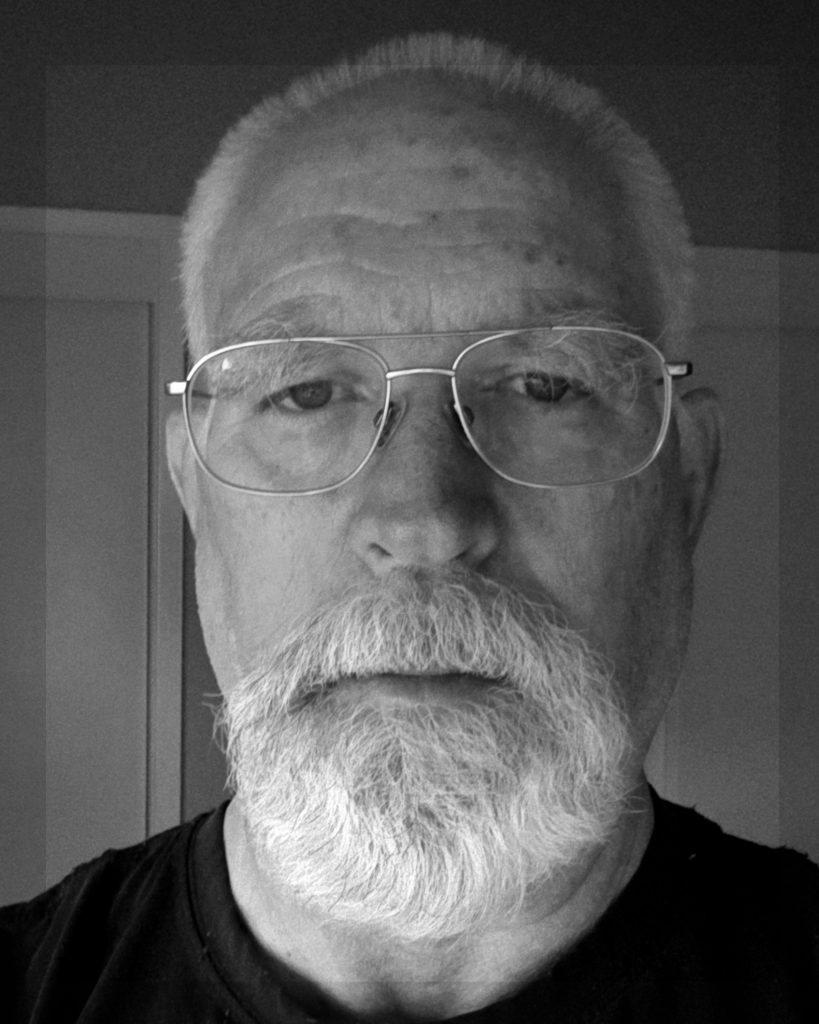
Micah Alhadeff [US]
As a 3D artist, I use glitch as a method to explore the fragmentation and deconstruction of the human body within a digital framework. My goal is to visualize the structural qualities, characteristics, and differences that make up the cybernetic-body and how these bodies exist or function within the digital landscape. I often utilize glitch as the means of introducing mistranslation, alteration, or error onto cyber-bodies, and try I to understand how these visual or structural differences influence the way we perceive bodies in the digital world and the physical world.
